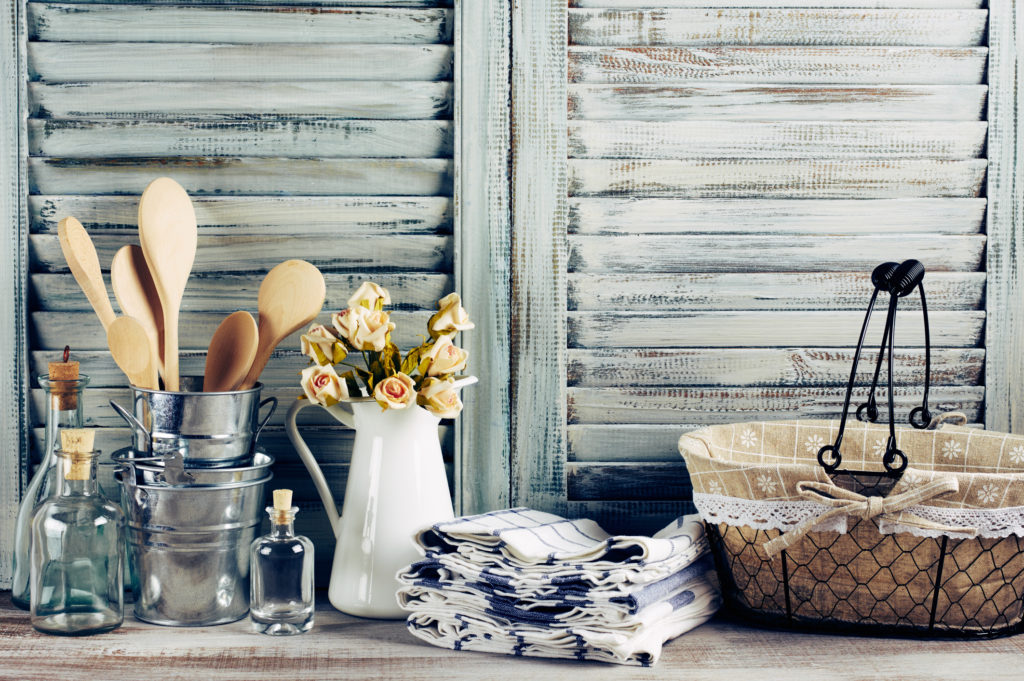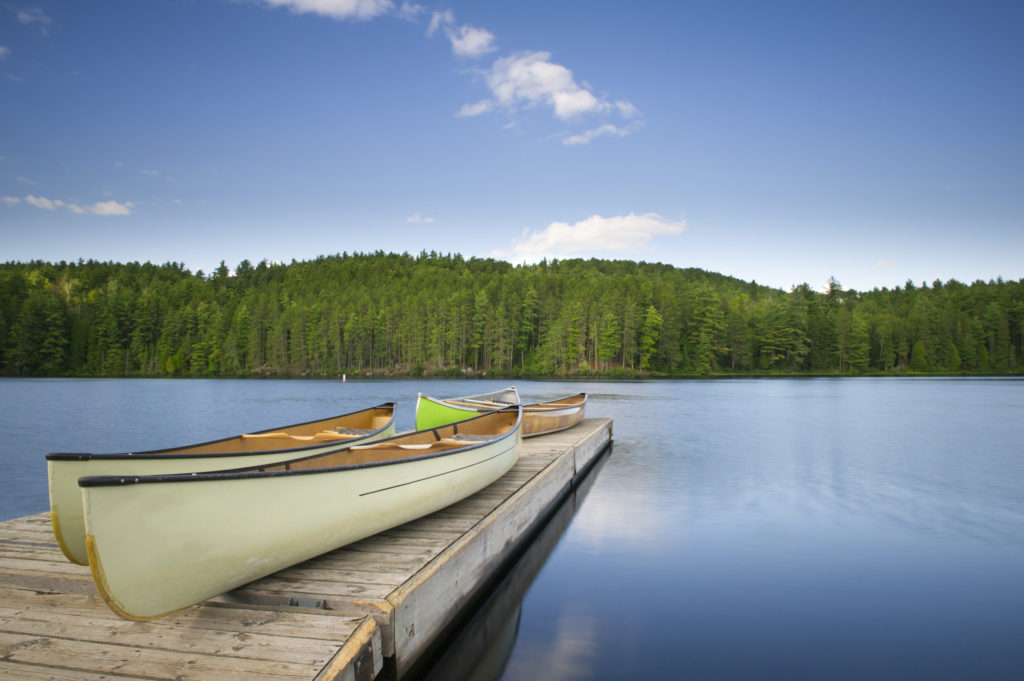— We take our content seriously. This article was written by a real person at BREL.
Are you looking to buy a cottage or vacation property and not sure how to finance it?
Using The Equity in Your Toronto Home to Help Finance the Cottage
This is one of the most common ways that cottage Buyers come up with the downpayment for their vacation home – they leverage the equity in their current home. Some people finance the whole cottage this way, while others just fund their downpayment.
You can refinance a residential property in Toronto to a maximum of 80% of its market value – that property can be owner-occupied or an investment property.
Example:
- Your home is currently worth $1 million
- Remaining mortgage: $400,000
- You can refinance up to 80%, so up to a total of $800,000 mortgage
- $800,000 – 400,000 existing mortgage = $400,000 cash to buy a property
- You can take that $400,000 in cash or as a secured line of credit (talk to your accountant about what makes sense for you)
About Home Equity Line of Credit (HELOC)
- You only have to pay the interest
- You can pay it down anytime without any penalty
- As you pay it down, that credit becomes available to you (it doesn’t just disappear)
- It’s usually a higher interest rate (current example: 4.45% HELOC interest rate vs. 2.89% mortgage interest rate)
- Can be expensive if you don’t pay down the principal
HELOCs vs Mortgages
Choosing to finance a cottage with a mortgage instead forces you to pay down the mortgage principal (vs just paying interest on a HELOC) and you do get the benefit of lower interest rates, which can add up over time.
Cottage Financing – Downpayment Requirements
- Owner-occupied second homes/cottages:
- You can buy a second home with as little as 5% down on the first $500,000 and then 10% thereafter to $999,999.
- If you buy a property for more than $1 million, you’ll need a 20% downpayment.
- Amount of downpayment depends on whether the property is winterized (Type A) or not (Type B) – see below for more detail about that
- Type A Cottages – minimum 5% down
- Type B cottages – minimum 10% down – maybe more
- Investment cottages:
- If your explicit intention is to rent the cottage, you’ll need at least a 20% downpayment.
Cottage Mortgage Qualification – Type of Property
Type A Properties – All-Season Secondary Homes:
- Maximum one unit
- The property must be owner-occupied or occupied by an immediate family member
- Applies to existing resale properties
- If new construction: covered by a lender-approved New Home Warranty Program
- Property characteristics:
- Must be a readily marketable residential dwelling, located in a market with demonstrated ongoing re-sale demand
- Must be winterized with seasonal access
- The estimated remaining economic life of the property should be a minimum of 25 years
Type B Properties – Seasonal Cottages
- Same property characteristics as Type A homes except:
- The property does not need to be winterized
- Seasonal access permitted
Important Note: These are general guidelines only, for insured purchases less than $1 million. If the value of the property is over $ 1milion, each lender has separate requirements.
Special Financing Considerations: Lakefront Cottages
If the cottage is on the water, lenders will ask for a potability test, to ensure that the water is safe or filtered. If the water is not deemed safe, you can expect the lender to require you to install a filtration system before or after closing (if after closing: they will hold back part of the full mortgage funds until the work is complete). Lenders will also look for flood risks in certain areas.
IMPORTANT: You should always have a financing condition in your offer on a cottage or second vacation home – usually for at least 10 business days. This allows for the appropriate water tests to be completed and for an appraisal to be scheduled (appraisals usually take longer to schedule in smaller communities).
Special Considerations: Cottage Timeshares
Fractional ownership cottages (timeshares) in Ontario won’t generally qualify for any mortgage financing. If you want to buy one, you’ll almost certainly have to pay cash (or use your HELOC) to fund it.
Financing a Cottage – Interest Rates
Good news! Interest rates on owner-occupied cottages are usually the same as on residential mortgages. (Exception: rates are higher by .15 if your intention for the property’s “exclusive use” is as a rental property).`
Cottage Financing & Airbnb Income
Will lenders use your projected Airbnb income to qualify you?
When you buy a traditional income property, lenders will add 50-80% of the projected rent to your income (depending on the lender), allowing you to qualify to borrow more money.
Not so with Airbnb money. Lenders are very conservative by nature and are scared of any changes in policy/damage from tenants, and don’t want to rely on Airbnb income to buyers. They won’t ask for their money back if you choose to Airbnb after you buy it.
Note: if you declare Airbnb income from other properties on your tax return, most lenders will give you credit for it – but they’ll probably use a number that reflects what it could rent for on a typical 12-month rental basis, vs. your actual Airbnb income.
Who should I call for help with financing: my Toronto mortgage broker/bank or somebody local to where I’m buying the cottage?
You should partner with a local mortgage broker AND your Toronto broker/bank. Your Toronto broker may not be familiar with cottage financing, and the local broker probably isn’t as savvy with refinancing your home to access a downpayment. Have both in your pocket.


